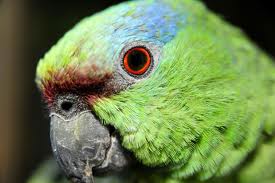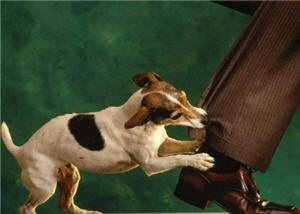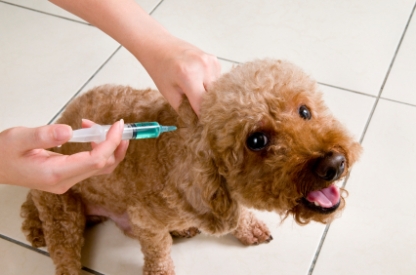 Conjunctivitis – an inflammation of the conjunctiva – a transparent mucous membrane connecting the eye that covers the rear surface of the eyelids and front of the eye to the cornea.
Conjunctivitis – an inflammation of the conjunctiva – a transparent mucous membrane connecting the eye that covers the rear surface of the eyelids and front of the eye to the cornea.
The most frequent causes of disease – irritation of the eyes with smoke, corrosive gases, as well as – dust and other foreign bodies in the eye. It is known that small birds love to rub his head on the perch, especially after bathing. If the perch is dirty, they can clog the eye. On the tits, which are more likely to rub his head on the perch, why they occur frequently and conjunctivitis, in the past bird lovers say that they are overwritten by the eye.
In canaries and other birds conjunctivitis may develop after prolonged feeding of cannabis. In this case, along with eye disease occurs and intestinal disorders. Inflammation of the conjunctiva in birds is related to indoor common, especially during the cold season, with cooling, if the cell is close to the vents or the bird is on the draft.
Connecting the eye mucous membrane contact with air and the environment. Therefore, in the conjunctive bags are always a variety of microorganisms. In clinically healthy parrots, for example, is dominated by staphylococci and other gram-positive bacteria. By reducing the body’s protective properties of these and other microbes can cause inflammation of the conjunctiva. It develops and diseases of internal organs, beriberi, and – in infectious diseases.
Symptoms. In acute conjunctivitis, mucous membrane reddens and swells, develops photophobia. Therefore, the birds keep your eyes closed or half closed. Discharge from the eye slit first liquid, and later – mucous or thick, opaque and purulent. These secretions accumulate in the inner corner of the eye in the form of clumps or filaments, glue eyelids.
Treatment. His start to eliminate the cause of the disease. Conjunctivitis, which developed because of the cold go away if you put a cell to another place and the bird will stay warm. In order not to happen, “mashing” the eye, you need to constantly monitor the purity of perches. In the event of illness due to improper feeding should begin to give the bird food, which meets the needs of the species.
The eyes of birds washed with fresh urine, the holy water (water with silver).


You must be logged in to post a comment.